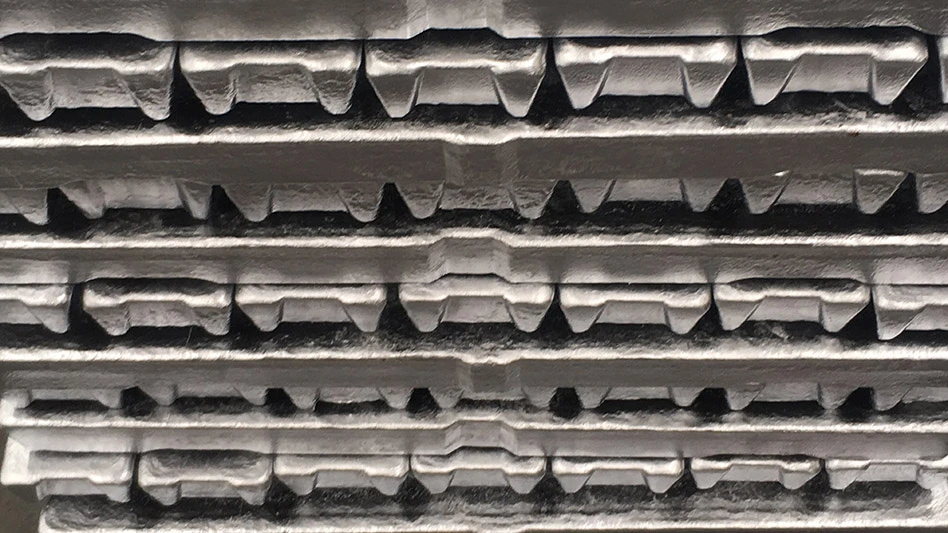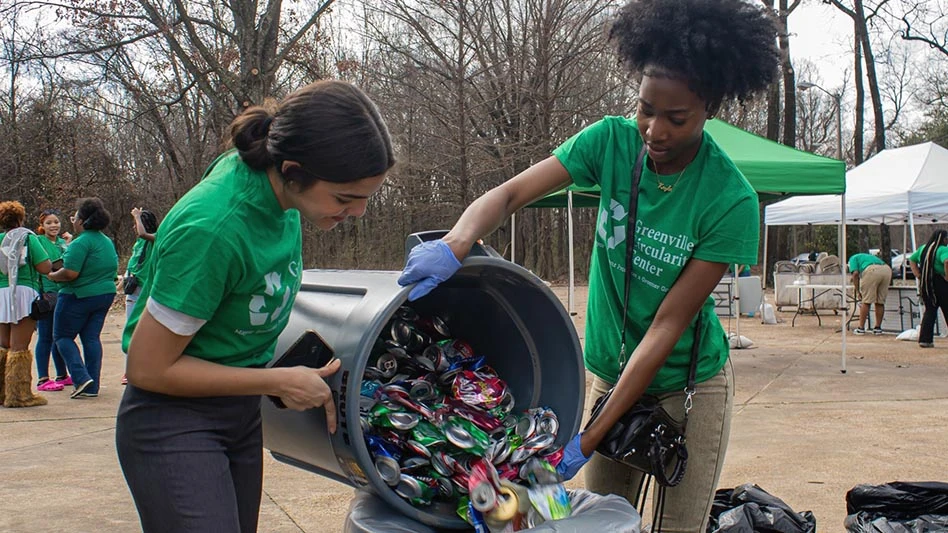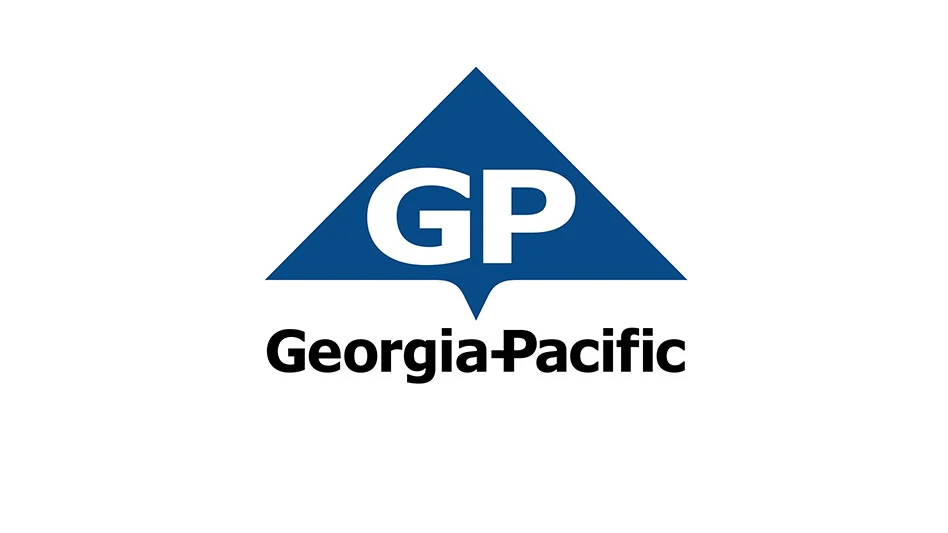VINYL INDUSTRY AIDS RECYCLER’S EFFORTS
After the plastic recycling company he worked for went out of business in the late 1990s, Kevin Reily established Reily Recovery Systems (RRS) in 1999 with the help of a grant from the Vinyl Institute and loans from private sources.
Reily’s vinyl siding recycling center, based in Sanford, N.C., serves mobile home manufacturers and major area building contractors and distributors.
"RRS has developed several different ways of collecting recycling materials through alliances with other organizations in various customer locations," Reilly says. "But we also provide a service that is truly unique in the recycling industry."
Reily is referring to the company’s initiative in which RRS supplies collection cages to vinyl siding users for separating and collecting vinyl scrap. Once transported to the company’s Sanford grinding plant, the scrap is sorted and ground into 3/8-inch pieces. In a closed-loop process, the vinyl is recycled, boxed and sold to manufacturers who use it to produce new PVC pipe and mobile home skirting, for example.
Reilly says he’s invested in a wash line that will allow RRS to provide more versatile recycling services to its customers. Reily has also contracted with a baling facility in Douglas, Ga., which enables RRS to serve its customer base in Georgia and bring baled material from other East Coast states to the North Carolina plant for processing.
RRS has three full-time and four part-time employees. The company also has provided vinyl building products and recycling opportunities to Habitat for Humanity.
|
Association Announces Grant Winners |
|
The Georgia Recycling Coalition (GRC), Atlanta, has announced its 2001 PET Plastics Grant Initiative winners at its Annual Meeting in St. Simons. Grant winners will receive $1,000 toward implementation or enhancement of a PET plastics recovery program in their community or school. Recipients include:
• East Hall High School Environmental Club-Gainesville • Paine College-Augusta • Union County High School Beta Club-Blairsville • Potter Street Elementary- Bainbridge • Athens-Clarke County Recycling Division-Athens • City of Valdosta • Keep Cobb Beautiful-Marietta • Keep Marietta Beautiful-Marietta • Keep Smyrna Beautiful-Smyrna • City of Roswell “The key to any successful recycling program is education. GRC is uniquely qualified to educate Georgians about the ease and benefits of recycling PET or any other commodity,” Gloria Hardegree, GRC association manager, says. “GRC’s network of recycling coordinators, businesses and Keep Georgia Beautiful affiliates will help us further promote and enhance Georgian’s recycling efforts and ultimately increase recovery rates.” |
ARTS Completes Tire Projects
A goal of the Asphalt Rubber Technology Service (ARTS) at Clemson University, South Carolina, is to design several demonstration projects each year using recycled tire rubber.
ARTS completed three such projects in 2001 in upstate South Carolina. All three projects involved rubber modified hot mix asphalt (HMA). One project used rubber modified HMA in parking lots at several schools within the Pickens County School District, while the other two projects used rubber modified HMA in two different phases on a newly constructed road in Anderson County.
ARTS designed the rubber modified HMA mixes for the projects. The mixes, which were specified as 9.5 mm Superpave mixes, used PG 64-22 binder modified with 10 percent tire rubber ground to minus #40 mesh. The design compaction level for the Anderson County projects was 100 gyrations, as comparred to 75 gyrations for the Pickens County project, because of expected high traffic.
With a few exceptions, plant production of these mixes proceeded as with conventional asphalt mixes. The Pickens County project and the first phase of the Anderson County project involved on-site blending of the asphalt rubber. The second phase of the Anderson County project used terminally blended asphalt rubber. The asphalt binder supplier blended the asphalt binder and the tire rubber and shipped it to the HMA contractor.
The rubber modified HMA was mixed at approximately 330- to 340-degrees, stored in silos and loaded into dump trucks for delivery. Production rates equaled as much as 1,500 tons per day. It was necessary to calibrate the plant’s binder pump to accurately meter the highly viscous asphalt rubber.
A two-inch layer of the mix was applied to the road using conventional paving methods and equipment.

Explore the April 2002 Issue
Check out more from this issue and find your next story to read.
Latest from Recycling Today
- OnePlanet Solar Recycling closes $7M seed financing round
- AMCS launches AMCS Platform Spring 2025 update
- Cyclic Materials to build rare earth recycling facility in Mesa, Arizona
- Ecobat’s Seculene product earns recognition for flame-retardant properties
- IWS’ newest MRF is part of its broader strategy to modernize waste management infrastructure
- PCA reports profitable Q1
- British Steel mill subject of UK government intervention
- NRC seeks speakers for October event






